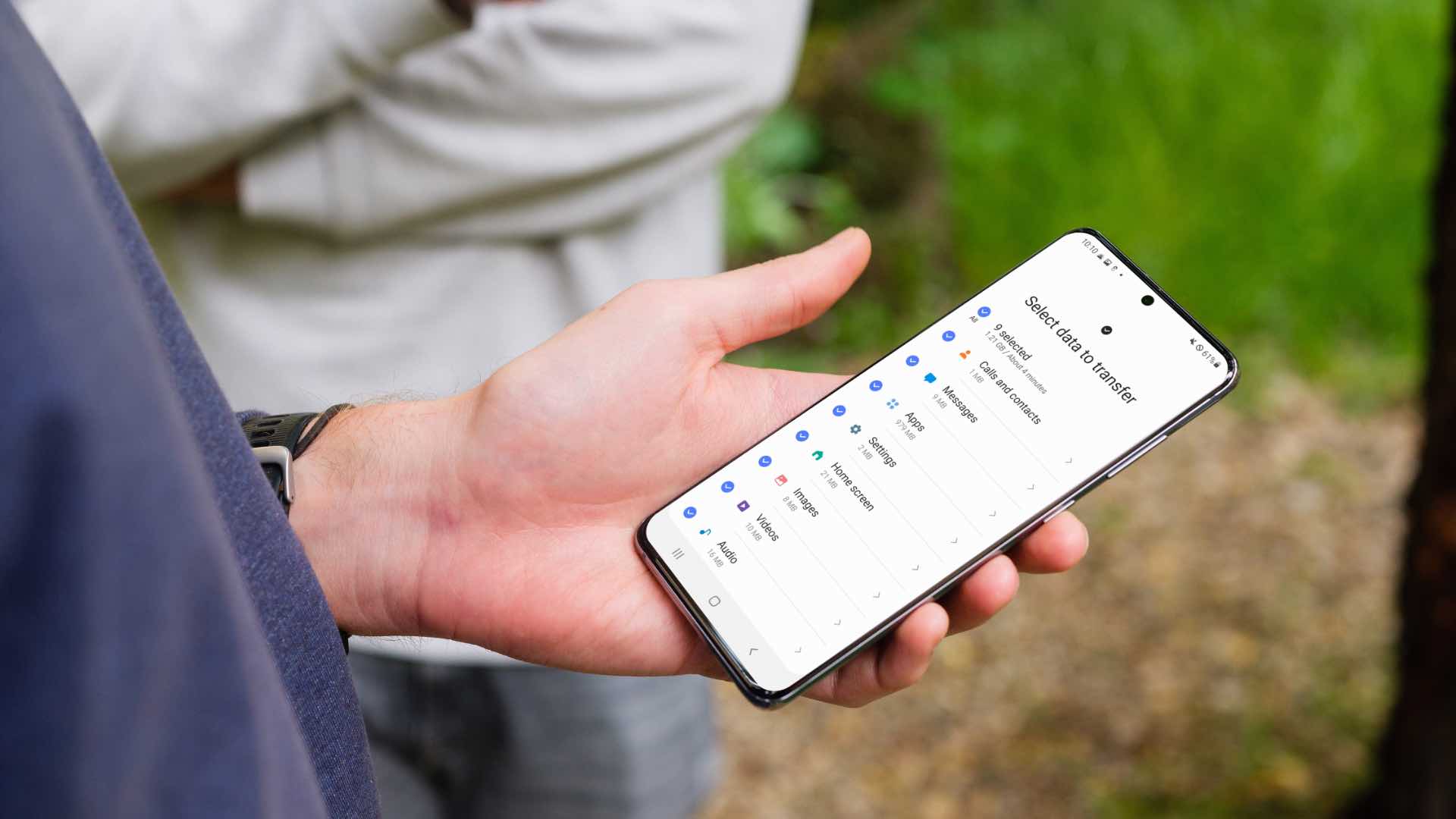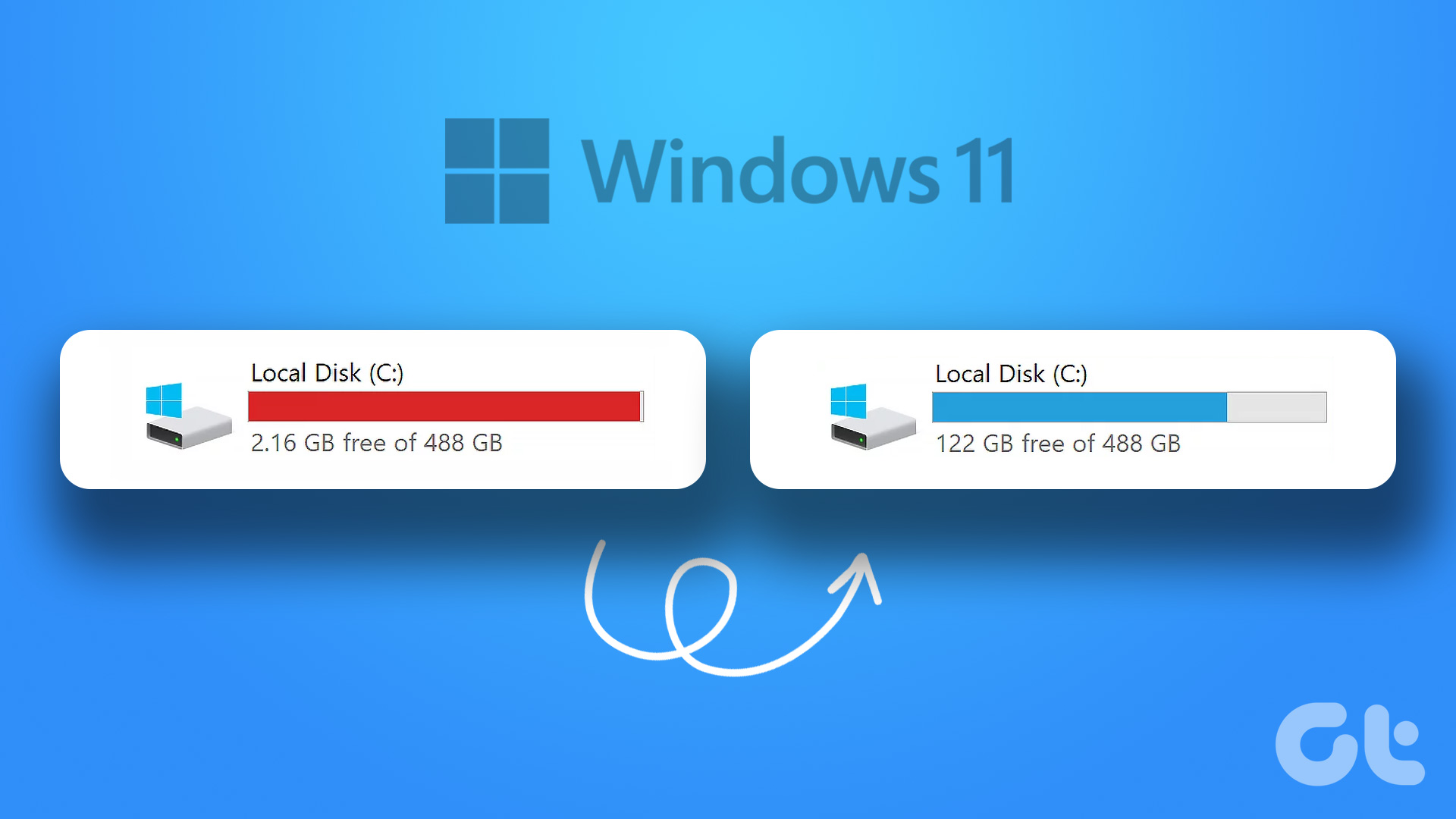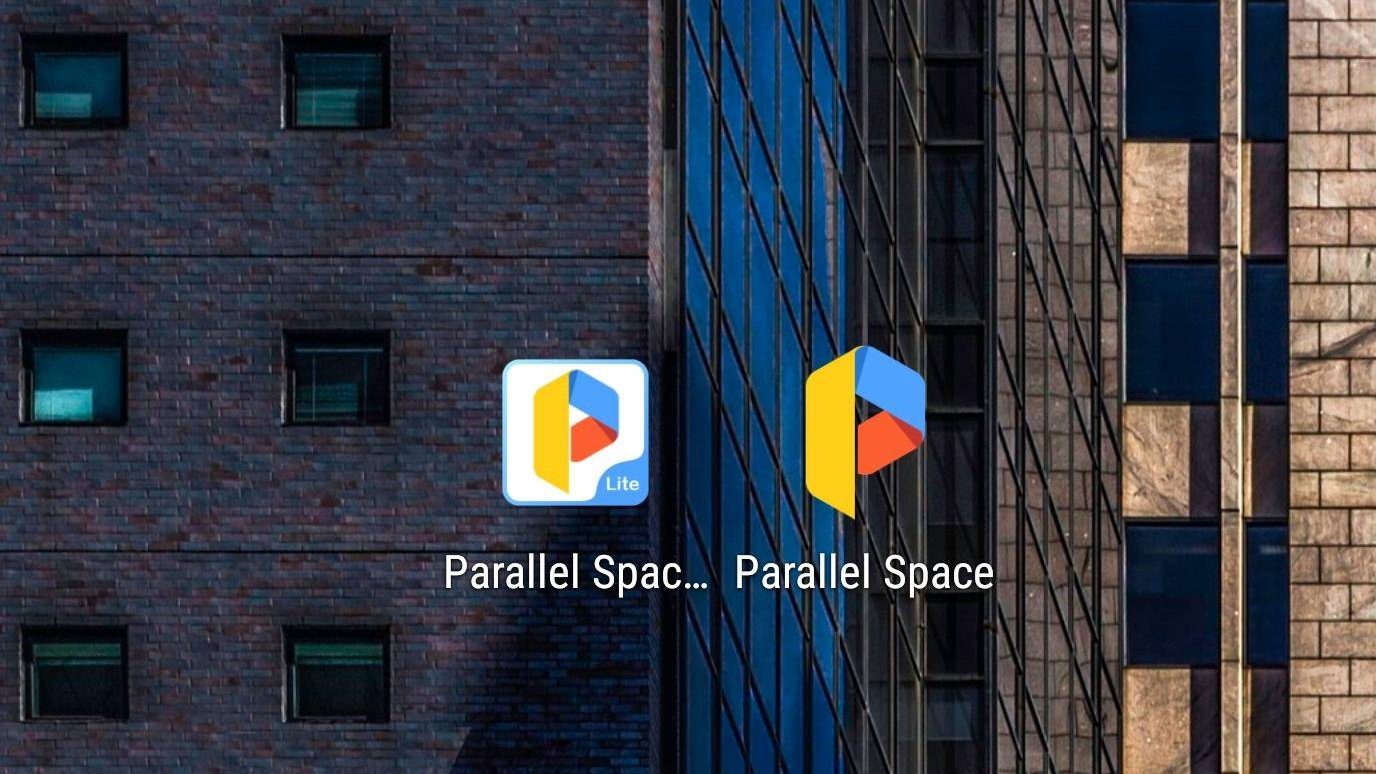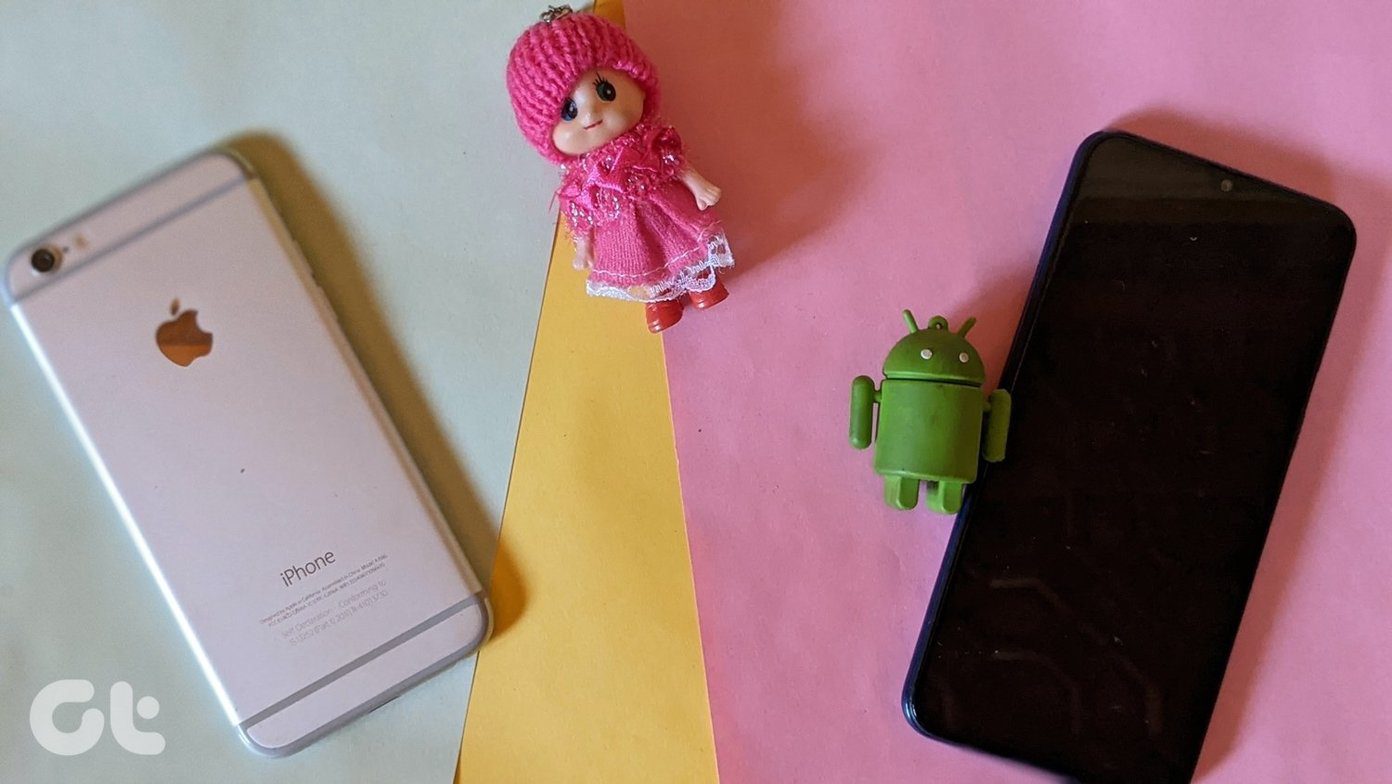Cool Tip: There are several tools to check the space on your Mac’s hard drive. In this other entry for example, we take a look at Daisy Disk. If your Mac is suffering from this issue, read along to learn how to get rid of unnecessary attachments in Mail and reclaim valuable hard drive space. Let’s get started.
1. Delete Individual and Group Attachments
The majority of the space taken up by Mail is due to the size of attached files on messages, which Mail downloads and archives for offline access by default. However, Mail also allows you to delete attachments from both individual or groups of messages. Important Note: Be aware though, if you use this option, the attachments you delete will also be deleted from the server of your email service, since Mail both receives and sends data to IMAP servers every time it connects. To do this, select any message or group of messages on Mail and on the menu bar click on Message. Then, from the available options, select Remove Attachments and you are done. As mentioned above, due to your attachments being deleted also from your server, this method is not the most recommended. However, if you follow our next tip, you can put it to good use.
2. Group Messages with Attachments
But let’s say you don’t want to get rid of all your attachments, but only of some of them. Well, you can use one of OS X’s neatest features for this: Smart Folders. Start by clicking on the + sign at the bottom left of the Mail window and selecting New Smart Mailbox. Leave the box as is except for the single rule: Contains Attachments. Additionally, you can also check both boxes below that to make sure messages from both the Trash and the Sent folders are included. Next, click on OK and the new smart mailbox will be created and will start adding messages immediately. Once all your messages with attachments are there, you will be free to look at each of them and decide which attachments are worth staying and which don’t.
3. Backing Up and Deleting Attachments Straight from Your Mac’s Hard Drive
This approach definitely entails more work, but it provides better results and (most importantly) your attachments will not be deleted from your mail server. Start by heading to your Library folder (in this post we show you how). There, look for the Mail folder and open it. Inside, you’ll find another folder most likely named something like V2. Open that one as well. Then you will see one or more folders depending on the number of email accounts you have in Mail. These folders will be prefixed with either IMAP or POP, followed by your email address and other information. Identify the email account you want to clean up and open its folder. Inside you will find other folders. Here, look for the ones that contain a folder inside named with various random characters. Inside this folder, you will find another one named Data, and inside that one, there will be a series of numbered folders with their own, different sub-folders. Now here’s the trick. Instead of looking into each one of these manually, type the word Attachments on the Finder window search bar. Once you do, select Data instead of This Mac as your filter, sort the results by Kind and the window will display all the folders with attachments contained in that section of your email account. Now take some time to make a backup of those attachments. Once you do, you can safely delete them and repeat the process for a couple of other folders/accounts you might have. There are two advantages to this approach: first, it not only lets you create backups of your attachments, but you can do so by separating each email account, which is great for organizational purposes. Second, this method won’t mess up the attachments on your email server. So next time you find a message without attachments on Mail and click on it, Mail will simply re-download its attachments. After you delete all those Attachment folders, you will be surprised at how much space (an entire GB in most cases) you can get back on your hard drive. Enjoy your extra free space! The above article may contain affiliate links which help support Guiding Tech. However, it does not affect our editorial integrity. The content remains unbiased and authentic.





















